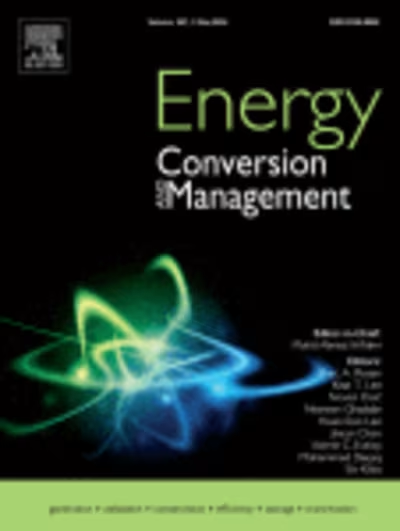Review of data-driven models for quantifying load shed by non-r…
Abstract
Shifting and shedding power demand in buildings can be cost-effective techniques for grids to function reliably and for end users to earn compensation. Grid operators reimburse customers in proportion to the quantity of load shed. Simple data-driven methods are used to quantify this shed, which is the difference between a measured load during the event and modeled “baseline” that would have occurred in absence of the event. These methods have evolved over the years and in many cases have been integrated with building physics, to make them a hybrid between physics based and empirical models. However, there is no comprehensive analysis that provides guidance to building operators, grid operators and researchers in selecting appropriate models based on their specific needs and available data. This work aims to fill this gap by critically assessing the performance of baseline models put forward from the year 2000 through 2023. The literature reviewed includes reports generated by grid operators, reports from national laboratories and academic journal articles. The work outlines modeling features like the inputs, training period, estimation method, adjustments to fine tune the predictions and metrics to evaluate the performance. A comprehensive list of 50 models has been provided. For each model, the study explores the applicability of the model to weather sensitive buildings, variability in the building profile, timing of the event, and whether the building reduces energy consumption before an event. The work identifies the situations in which a particular model works and draws lessons based on evidence of performance. Finally, recommendations to aid in model selection are given.
Discover the world's research
25+ million members
160+ million publication pages
2.3+ billion citations
Like this project
Posted Oct 15, 2024
PDF | Shifting and shedding power demand in buildings can be cost-effective techniques for grids to function reliably and for end users to earn... | Find, read…
Likes
0
Views
0



